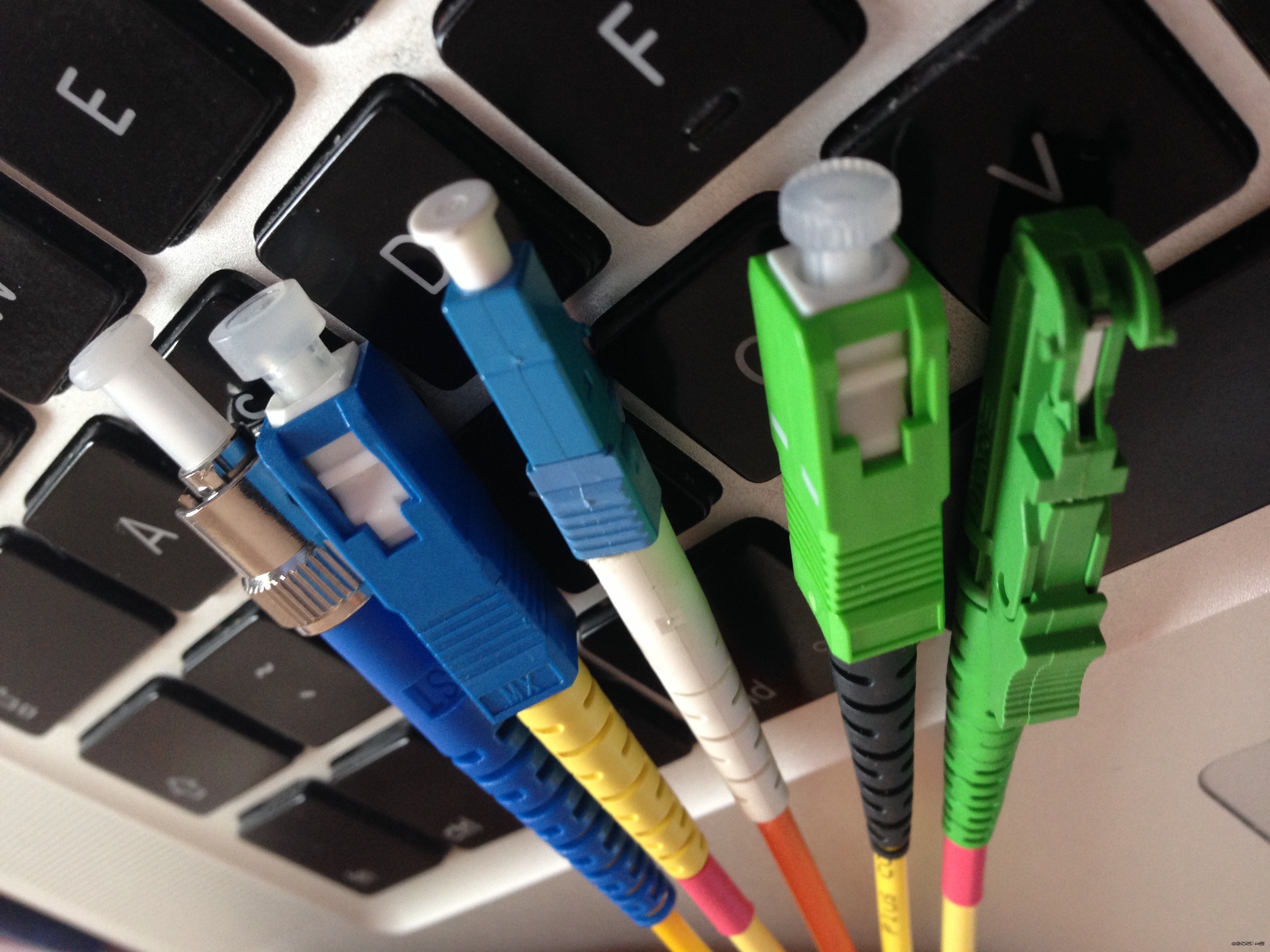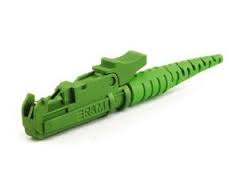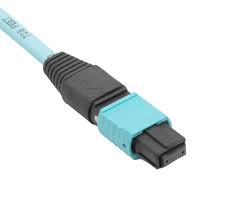One of the most common things on the physical layer i come across nowadays is migration from traditional coper circuits to fiber circuits and/or migrating away from multimode fiber to single mode fiber.
Cause of migration is usually a speed increase which the old medium could not handle, or movement of equipment outside of the medium length limitation. Yet there seems to be lack of understanding of the fiber circuits to which is being migrated
Example of speed increases:
- 1Gbps ( <100Mhz) upgrades to 10Gbps on copper ( <250MHZ) reduces distance from 100m to 55m!
- 1.5Gbps SDI (HD-coax) upgrade to 3Gbps SDI reduces distance from 238 to 45m!
Example of bundle size increases:
- 5.2±0.2mm per UTP cable -> 10 cables: 52mm, 100cables 52cm
- 2mm per Fiber cable -> 10 cables: 20mm, 100cables 20cm
As you can imagine cable management for fiber is also easier to perform as the total thickness of the bundle of cables is 61,5% thinner then for the same amount of copper.
A third possibility is increase in densities. As you might be able to imagine the amount of coper cables entering a rack towards equipment is quite limited and expensive.
Just think by your selves which types can be connected together?, which presentations are there? and how should you handle or mishandle these magical unicorn vessels of transport. In the upcoming posts i will try to address all of those.
History
Before we deep dive on all of this let me mention first something about the history of connector presentations and types .
During the years several types and presentations have developed and used in more or less extend and even some have been despised as a result of their poor performance. I have only listed Connectors below which are still in use at our premises.
Connectors can be made up of Two distinct parts, the housing or form factor and Type or presentation. Mostly you will buy a connector in the form: LC/PC where LC is the form factor and PC is the presentation.
The most common Form Factors:
- 1985 ST Connector (Straight Terminus) – developed by AT&T – 0.34dB insertion loss, -35dB Reflection
- 1993 MTRJ Connector (Mechanical Transfer Registered Jack) – Nippon Telecom origin adapted by AMP to its current form – 0.3dB, -40dB Relection
- 1996 SC Connector ( Standard Connector ) – developed by Augat inc –
- 1997 FC Connector ( Ferulle Connector ) – developed by Bell Atlantic Network Services inc –
- 1996 LC Connector (Lucent Connector) – developed by Lucent Technologies – < 0.2dB, -55dB Reflection
- 1998 E2000 Connector – developed by Diamond SA – 0.1dB – 0.4dB, -40 upto -85 dB Reflection
- 1998 MPO Connector – developed by US CONEC – 0.35dB – 0.75dB, -50 dB Reflection
The form factor defines density and how robust the connection itself can be created for a number of times.
The five Presentations:
- None special polished with aircap
- Flat – flat polished
- PC – Polished connector
- UPC – Ultra Polished Connector
- APC – Angled Polished Connector
The types define how mutch dampening and reflection the total connector will yield.
Sources:
- ST patented in US4512630 – Apr 23, 1985
- MTRJ patented in US5214730 – 25 May 1993
- E2000 patend in EP0893718 A1 – 14 Jul 1998
- SC patened in US5515466 – 7 May 1996
- FC patented in US5680494- 21 Oct 1997
- LC patented in US5481634 – 2 Jan 1996
- MPO patented in US6085003 – 28 Jul 1998


